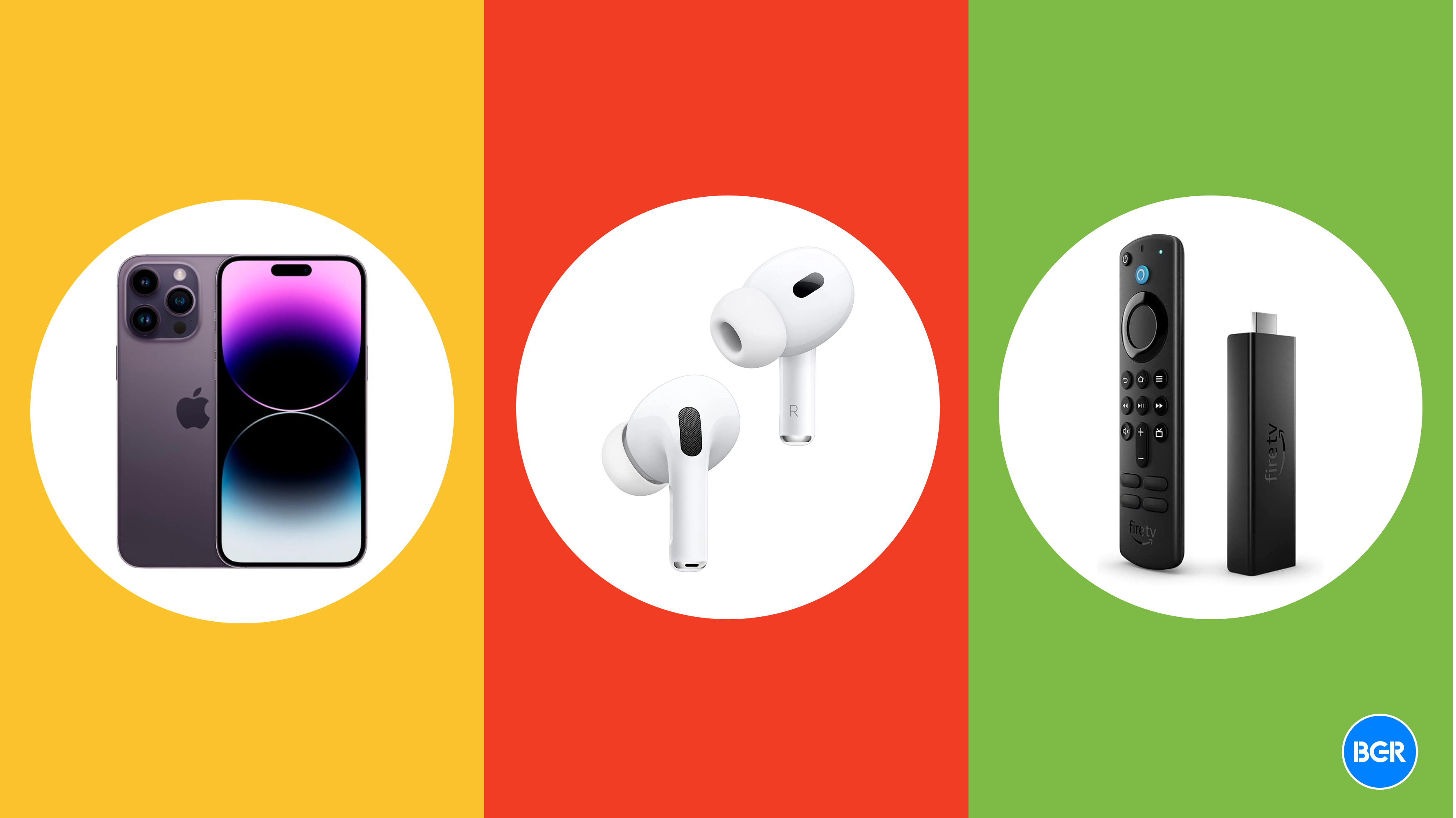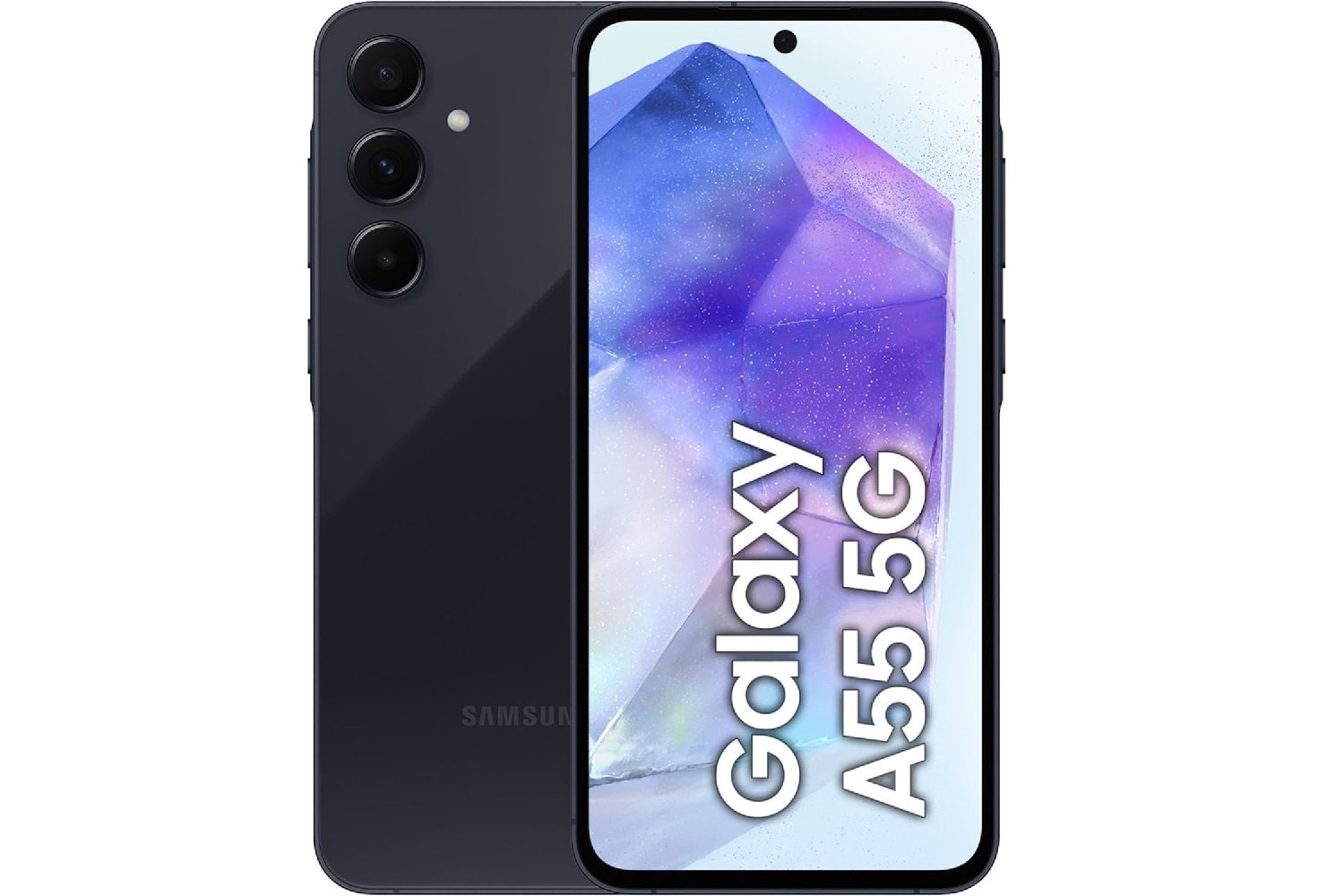In today’s fast-paced digital marketplace, non-refundable purchases are becoming increasingly common, especially in the context of online shopping and digital services. Whether you’re buying a subscription service, downloadable content, or even certain physical products, understanding the implications of non-refundable purchases is crucial. Such purchases are often final, meaning once the transaction is completed, you won’t be able to get your money back. Therefore, it’s essential to be well-informed before committing to these types of purchases to avoid any potential regrets.
One of the key aspects to consider when making non-refundable purchases is the payment method. Using a Gift Certificate Small Amount Payment 상품권소액결제 can be a smart way to manage these transactions. This method allows you to pay with a preloaded amount, ensuring you only spend what you’ve allocated, which can be especially useful for non-refundable purchases. Similarly, the Small Amount Payment option can help you minimize risk by spreading out your payments in smaller, more manageable increments. In this article, we’ll explore the guidelines for making non-refundable purchases and how to protect yourself from potential pitfalls.
Evaluating the Necessity of a Non-Refundable Purchase
Before making a non-refundable purchase, it’s important to evaluate whether the product or service is truly necessary. Ask yourself if the item is something you genuinely need or if it’s a spur-of-the-moment decision. Non-refundable purchases are often tied to impulse buying, which can lead to buyer’s remorse. Take the time to consider whether the purchase aligns with your current needs and budget.
One strategy to manage non-refundable purchases is to use a Gift Certificate Small Amount Payment. By using a gift certificate with a predetermined value, you can limit your spending to the amount available on the certificate. This approach can help you stick to a budget and prevent overspending on non-refundable items. Additionally, using small amount payments can help you make more deliberate purchasing decisions. Instead of committing a large sum of money at once, you can break down the cost into smaller payments 소액결제 giving you time to reconsider whether the purchase is truly necessary.
Evaluating the necessity of a purchase is particularly important for non-refundable items, as you won’t have the option to return them for a refund. Consider whether the product or service will genuinely add value to your life or if it’s something that might quickly lose its appeal. By taking a thoughtful approach to non-refundable purchases, you can avoid unnecessary expenses and make more informed decisions.
The Role of Payment Methods in Non-Refundable Transactions
The payment method you choose can play a significant role in how you manage non-refundable purchases. Different payment methods offer varying levels of protection and flexibility, so it’s important to choose the one that best suits your needs. For instance, using a Gift Certificate Small Amount Payment can be an effective way to manage non-refundable transactions. Gift certificates are often limited to a specific amount, which can help you control your spending and avoid overspending on non-refundable items.
Another option to consider is the Small Amount Payment method, which allows you to pay in smaller increments. This can be particularly useful for non-refundable purchases, as it reduces the financial risk associated with a single, large payment. By spreading out the cost, you have more time to assess the value of the product or service before fully committing to it. Additionally, small amount payments can make it easier to manage your budget, as the smaller payments are less likely to strain your finances.
When making non-refundable purchases, it’s important to use a payment method that offers some level of protection. While non-refundable items typically cannot be returned for a refund, certain payment methods, such as credit cards, may offer dispute resolution services if something goes wrong. Be sure to check the terms and conditions of your payment method to understand what protections are available to you in case of a problem with the purchase.
Reading the Fine Print: Understanding Terms and Conditions
Before making any non-refundable purchase, it’s crucial to thoroughly read and understand the terms and conditions associated with the transaction. The fine print often contains important details about the nature of the purchase, including whether it is non-refundable, what the return policy is, and any other restrictions that may apply. Ignoring these details can lead to unpleasant surprises later on, especially if you find that you’re unable to return an item or get a refund for a service you no longer want.
When reviewing the terms and conditions, pay special attention to any clauses related to refunds, exchanges, and cancellations. Some products and services may be non-refundable under certain conditions, while others may offer limited return options. Understanding these terms upfront can help you make an informed decision about whether to proceed with the purchase.
Using a Gift Certificate Small Amount Payment can be advantageous when dealing with non-refundable purchases. Because the certificate is preloaded with a specific amount, you are limited in how much you can spend, reducing the risk of financial loss if you later realize the purchase wasn’t necessary. Similarly, small amount payments can help you test the waters before fully committing to a non-refundable purchase. By paying in smaller increments, you can gauge whether the product or service meets your expectations before completing the full payment.
Protecting Yourself from Buyer’s Remorse
Buyer’s remorse is a common issue when it comes to non-refundable purchases. The inability to return or exchange an item can leave you feeling stuck with a product or service that you no longer want or need. To protect yourself from buyer’s remorse, it’s important to approach non-refundable purchases with caution and mindfulness.
One way to reduce the likelihood of buyer’s remorse is to use the Small Amount Payment method. By breaking down the cost into smaller, more manageable payments, you can give yourself time to reconsider the purchase before fully committing. This approach allows you to spread out the financial impact and provides an opportunity to change your mind if you realize the purchase wasn’t as necessary as you initially thought.
Another strategy is to set a budget for non-refundable purchases and stick to it. Using a Gift Certificate Small Amount Payment can help you adhere to this budget by limiting your spending to the amount available on the certificate. This can prevent overspending and help you avoid purchasing items that you might later regret.
Finally, take the time to thoroughly research the product or service before making a non-refundable purchase. Read reviews, ask for recommendations, and gather as much information as possible to ensure that the purchase will meet your needs and expectations. By being well-informed, you can make more confident decisions and reduce the chances of experiencing buyer’s remorse.
Alternatives to Non-Refundable Purchases
While non-refundable purchases are sometimes unavoidable, there are often alternatives that offer more flexibility and protection. For example, many retailers and service providers offer refundable options for a slightly higher price. This can be a worthwhile investment if you’re unsure about the purchase and want the option to return or exchange the item later on.
Another alternative is to use a Gift Certificate Small Amount Payment when making a non-refundable purchase. Gift certificates can be a more secure option, as they allow you to limit your spending to the preloaded amount. This can reduce the financial risk associated with non-refundable purchases and provide some peace of mind.
If you’re hesitant to commit to a non-refundable purchase, consider looking for trial periods or sample versions of the product or service. Many companies offer these options as a way to let customers try out a product before making a final decision. This can be a great way to test whether the item meets your needs without the risk of a non-refundable purchase.
When Non-Refundable Purchases Are Worth It
While non-refundable purchases can be risky, there are times when they may be worth the investment. For instance, some non-refundable services, such as exclusive memberships, subscriptions, or special event tickets, offer unique benefits that can’t be obtained elsewhere. In these cases, the value of the experience or service may outweigh the risk of not being able to get a refund.
Using a Small Amount Payment method can help you manage these types of purchases more effectively. By spreading out the cost, you can make the investment more manageable and reduce the financial impact. Additionally, using a Gift Certificate Small Amount Payment can provide a level of control over your spending, ensuring that you only invest what you can afford.
Before committing to a non-refundable purchase, weigh the potential benefits against the risks. Consider whether the product or service offers something truly valuable that justifies the lack of a refund policy. If the answer is yes, then the purchase may be worth it, even without the option to return it.
Conclusion
Non-refundable purchases require careful consideration and planning to avoid financial loss and buyer’s remorse. By understanding the importance of evaluating the necessity of a purchase, choosing the right payment method, and thoroughly reviewing the terms and conditions, you can make more informed decisions and protect yourself from potential pitfalls.
Using Gift Certificate Small Amount Payments and Small Amount Payments are effective strategies for managing non-refundable purchases. These methods allow you to control your spending, reduce financial risk, and make more deliberate purchasing decisions. By approaching non-refundable purchases with caution and mindfulness, you can enjoy the benefits of these transactions while minimizing the potential downsides.
In the end, the key to successfully navigating non-refundable purchases lies in being well-informed and taking the time to consider all aspects of the transaction. By doing so, you can make confident decisions that align with your needs and budget, ensuring that your purchases add value to your life without unnecessary stress or regret.











